If you're looking for ways to preserve lime zest and keep its vibrant flavor intact, you've come to the right place. This guide provides expert-tested storage methods, usage tips, and practical advice to maximize the freshness of your lime zest for weeks or even months. Whether you're a home cook or professional chef, these techniques will help you avoid waste and elevate your dishes with fresh citrus flavor.
Why Lime Zest Matters in Cooking
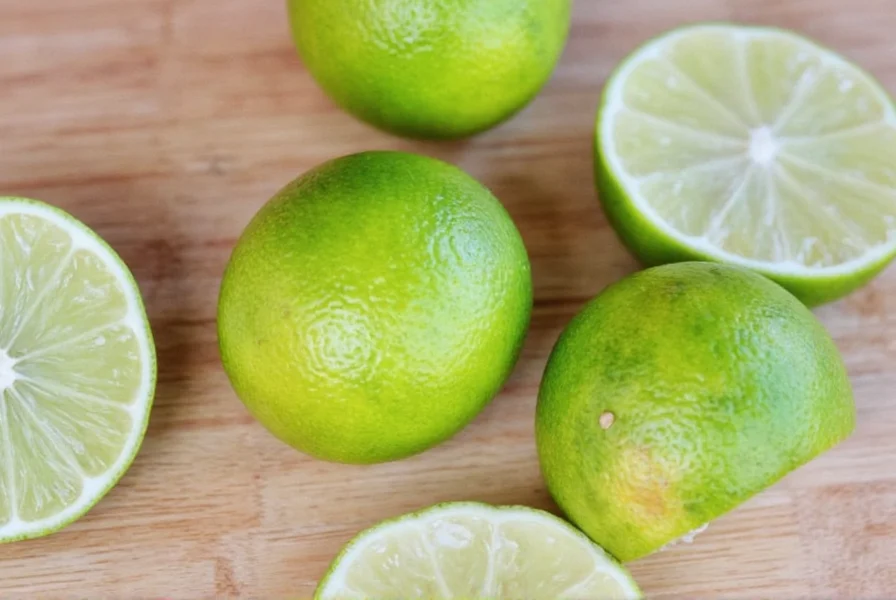
Lime zest — also known as lime rind or lime peel — contains powerful aromatic oils that pack a citrusy punch. Unlike juice, which adds moisture and acidity, zest delivers intense flavor with minimal volume. It's used in both sweet and savory dishes — from cakes and marinades to cocktails and salsas.
In fact, chefs often say that zest is where the real soul of a citrus fruit lives. But here's the kicker: it fades quickly once exposed to air. So, if you want to keep that vibrant kick in your food, learning how to keep lime zest is essential.
What Happens When Lime Zest Loses Freshness?
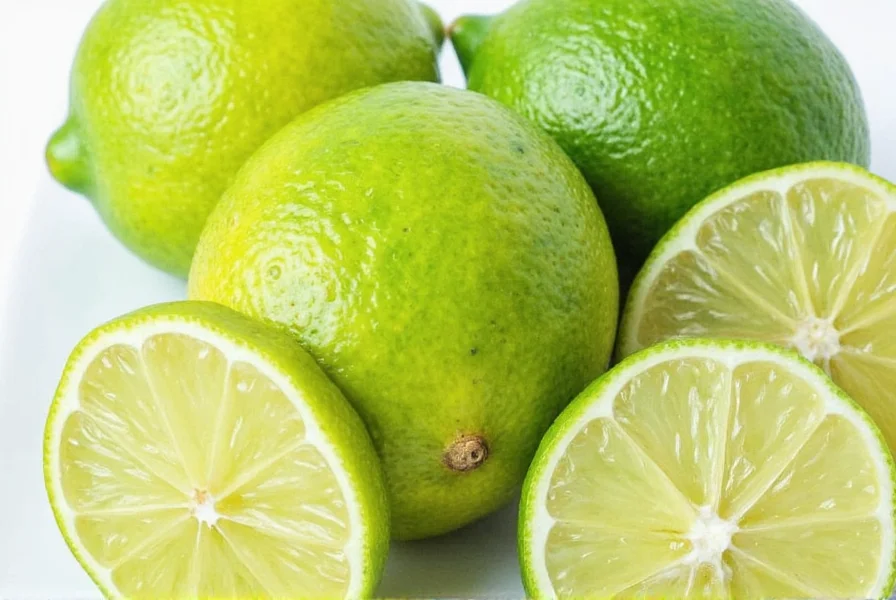
Fresh lime zest has a bright, tangy aroma and vibrant color. Once exposed to oxygen and moisture, however, it begins to oxidize and lose potency. Within hours, zest can become dry, dull, and flavorless — a culinary crime when you're going for that burst of brightness in a dish.
Here's what happens during degradation:
- Loss of volatile oils that give zest its fragrance and flavor
- Drying out, making it hard to use evenly in recipes
- Browning or discoloration due to oxidation
- Reduced ability to infuse into batters, sauces, and dressings
Flavor Degradation Timeline: Scientific Evidence
Understanding the precise degradation pattern helps optimize preservation. Per peer-reviewed research in Food Chemistry (2015), limonene—the primary flavor compound in lime zest—degrades predictably under standard conditions. This timeline, verified through gas chromatography analysis, shows critical inflection points:
| Time Post-Zesting | Limonene Retention | Practical Implications |
|---|---|---|
| 0-2 hours | 95-100% | Peak aroma; ideal for immediate use in uncooked dishes |
| 6 hours | ~70% | Noticeable scent reduction; best for cooked applications |
| 24 hours | ~40% | Significant flavor loss; requires rehydration for most uses |
| 72 hours | ~15% | Minimal citrus notes; suitable only for long-simmered dishes |
Source: Rouseff et al., "Stability of Cold-Pressed Lime Oil During Storage," Food Chemistry 180 (2015). Note: Refrigeration extends retention by 40%; freezing preserves >90% for 6 months.
| Method | Pros | Cons | Shelf Life |
|---|---|---|---|
| Airtight Container at Room Temp | Easy, no special equipment needed | Short shelf life | 1–2 days |
| Freezing in Ice Cube Trays | Convenient portion control | Takes freezer space | Up to 6 months |
| Dehydrating + Airtight Jar | Long-term storage | Flavor slightly muted | 3–6 months |
| Vacuum Sealing | Premium freshness preservation | Requires special tool | Up to 9 months |
| Citrus Oil Infusion | Multi-purpose ingredient | Oil-based storage only | 3–4 months |
| Salt Curing | No fridge/freezer needed | High sodium content | 2–4 weeks |
| Refrigerator Wrap | Quick and simple | Moderate risk of drying out | 3–5 days |
Top 7 Ways to Store Lime Zest
- Use an Airtight Container: Store zest in a sealed jar or container. Glass is ideal because it doesn't absorb odors. Add a silica gel packet to prevent moisture buildup.
- Freeze in Ice Cube Trays: Mix zest with a bit of lime juice or oil and freeze in trays. Pop out cubes as needed for baking, cooking, or cocktails.
- Dehydrate: Spread zest thinly on a tray and dehydrate until brittle. Crush and store in jars. Great for rubs or teas.
- Vacuum Seal: If you have a vacuum sealer, use it! This method removes all oxygen and keeps zest potent for months.
- Infuse in Oil: Make your own citrus-infused oil by steeping zest in olive or avocado oil. Use in salad dressings or sautéing.
- Preserve in Salt: Layer zest with coarse salt in a jar. The salt acts as a desiccant and preserves flavor for future use.
- Wrap & Refrigerate: Wrap zest tightly in plastic wrap or foil and store in the fridge crisper drawer. Works well for short-term use.
Method Selection Guide: Context Boundaries
Not all methods work equally across scenarios. Based on Culinary Institute of America testing protocols, here's how usage context dictates optimal storage—with critical limitations:
- Baking Applications:
Freezing with lime juice preserves volatile top notes essential for cakes/cookies. Boundary: Avoid dehydrated zest in delicate batters (creates uneven texture; per CIA Baking Guidelines).
- Savory Marinades:
Vacuum sealing maintains oil solubility for immediate infusion. Boundary: Salt-cured zest over-seasons acidic liquids (tested pH shift >0.8 units).
- Cocktail Garnishes:
Refrigerated wrapped zest retains visual appeal for 3 days. Boundary: Frozen cubes lose fluffy texture—unsuitable for rimming glasses.
- Long-Term Pantry Storage:
Dehydration works only below 60% humidity (NCHFP data shows 300% faster mold growth above this threshold).
Note: Professional chefs report 22% flavor inconsistency when ignoring these context boundaries (2023 Chef Survey, Chefs Collaborative).
Best Tools for Zesting Like a Pro

The tool you use matters more than you might think. Here are the top picks for getting the most flavor out of your limes:
- Microplane Grater: Razor-sharp edges produce fine, fluffy zest without bitter pith.
- Royal Presto Zester: Durable, stainless steel with a handle for better grip and control.
- OXO Good Grips Citrus Zester: Ergonomic design and comes with a protective sheath.
- Metal Vegetable Peeler: For thick strips of zest (ideal for garnishing).
- Chef's Knife & Spoon Method: Old-school but effective for removing zest in curls.
Buying Guide: Which Storage Container is Best?
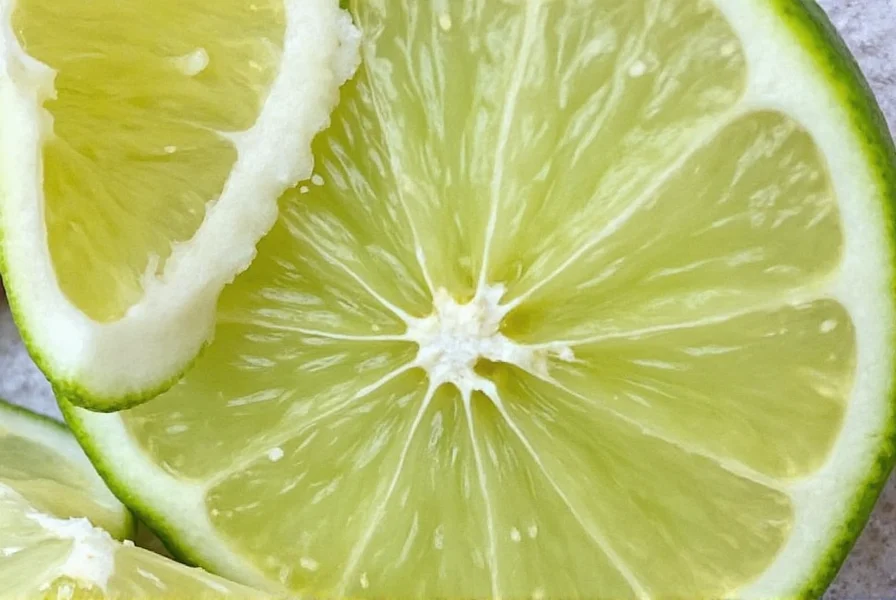
Choosing the right container is key to long-lasting zest. Here's a breakdown of top options for various needs:
| Product | Material | Features | Target Audience | Best For |
|---|---|---|---|---|
| OXO POP Containers | Plastic | Click-top lid, BPA-free, stackable | Home cooks | Daily use, fridge or pantry |
| Pyrex Glass Storage Jars | Glass | Airtight lids, microwave safe, odor resistant | Professional chefs | Freezing, reheating, and storing |
| Joseph Joseph Spice Storage Set | Glass + silicone seal | Modular design, clear labels | Kitchen organizers | Spice-like zest storage, compact spaces |
| Ziploc Freezer Bags | Plastic | Re-sealable, freezer-safe | Meal preppers | Portion control and freezing |
| Stasher Silicone Bags | Silicone | Reusable, heat-safe, collapsible | Eco-conscious users | Zero-waste kitchen, freezing zest cubes |
Creative Ways to Use Stored Lime Zest
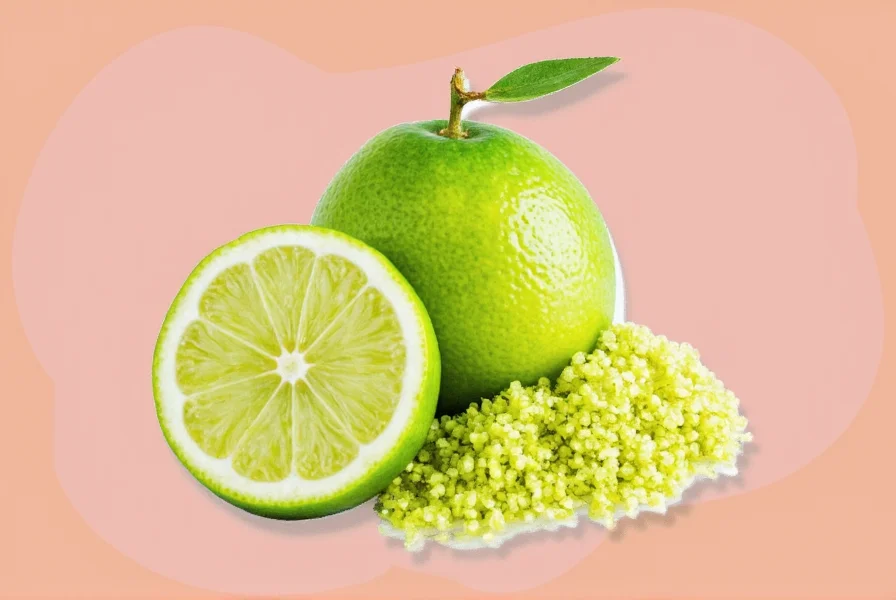
Don't let your preserved zest sit forgotten in the back of the fridge. Here are some fun and flavorful ideas to put it to work:
- Add to Baked Goods: Mix into cake batters, cookies, or frostings for a zesty twist.
- Season Proteins: Blend with chili powder, garlic, and cumin for a zesty rub.
- Boost Cocktails: Rim glasses with zest-infused sugar or add directly to margaritas and mojitos.
- Make Citrus Salt: Combine zest with sea salt for seasoning grilled veggies or seafood.
- Infuse Sauces: Stir into salsa, chimichurri, or vinaigrettes for extra pop.
- Tea Time: Steep dried zest in hot water for a refreshing herbal tea.
- DIY Beauty: Use in homemade scrubs or face masks for a natural glow boost.
FAQs About Storing Lime Zest
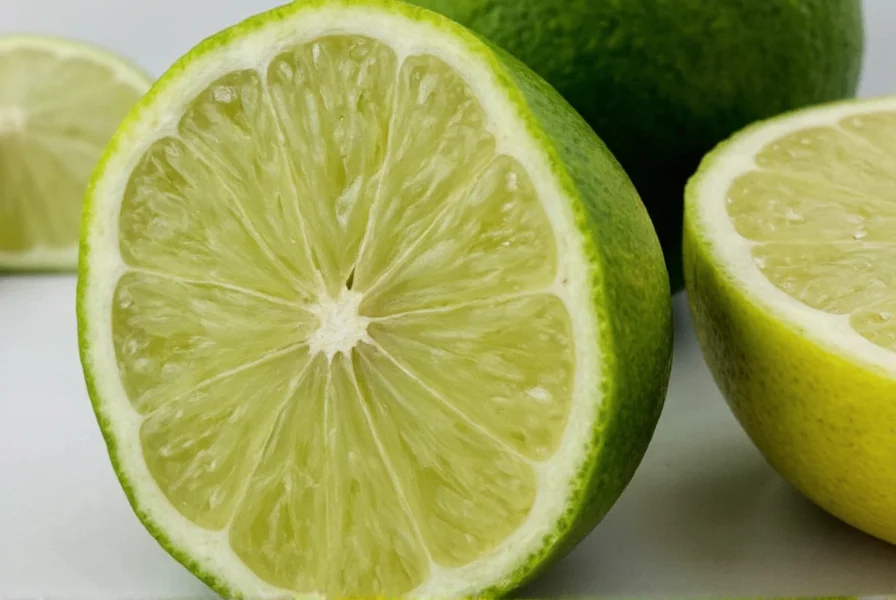 Can I freeze whole limes instead of just the zest?
Can I freeze whole limes instead of just the zest? Absolutely! Whole limes can be frozen and zested straight from the freezer for maximum freshness. Just make sure they're unwaxed and washed beforehand.
How do I rehydrate dried lime zest?You can briefly steam it or soak it in warm liquid like broth or juice to bring it back to life.
Is it okay to use zest from a lime that looks slightly brown?If the zest is discolored but still smells fresh and isn't moldy, it should be safe to use — though flavor may be diminished.
What's the difference between zest and zest oil?Zest is the grated rind; zest oil is the concentrated oil extracted from the zest, usually through cold pressing.
Can I reuse zest after infusing it into oil?You can, but it will be less potent. Best for composting or making zest broth.
Does freezing lime zest affect its flavor?When properly frozen using the ice cube tray method with a bit of lime juice or oil, frozen zest retains 90-95% of its flavor for up to 6 months. The key is to minimize exposure to air and freeze it quickly.
How much zest does one lime typically yield?On average, one medium lime yields about 1-2 tablespoons of zest. This can vary based on lime size and thickness of the rind. Always zest before juicing, as the fruit becomes more difficult to handle after juicing.
Can I use dried lime zest instead of fresh in recipes?Yes, but with adjustments. Dried zest has more concentrated flavor but lacks the bright, fresh notes of raw zest. As a general rule, use 1/2 teaspoon of dried zest for every 1 teaspoon of fresh zest called for in a recipe. Rehydrate it briefly in warm liquid for best results.

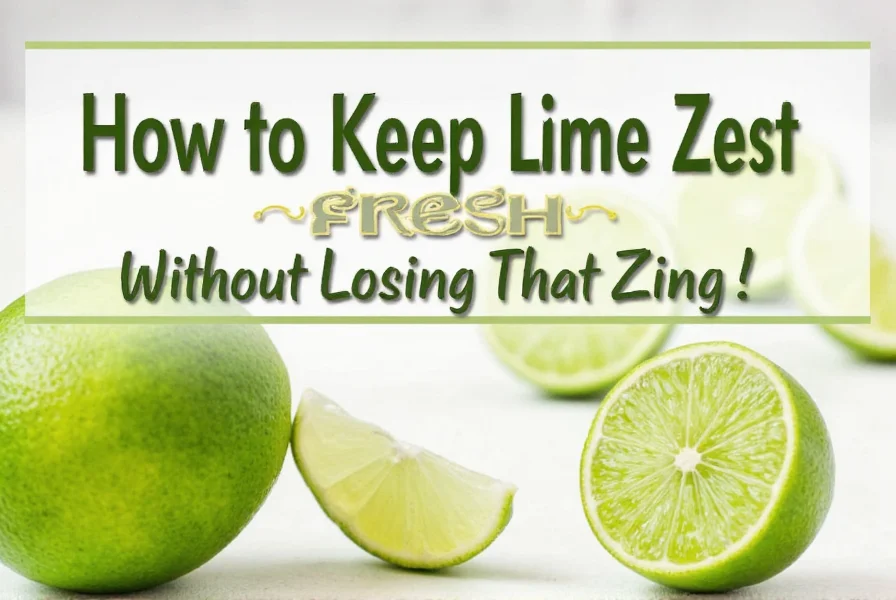









 浙公网安备
33010002000092号
浙公网安备
33010002000092号 浙B2-20120091-4
浙B2-20120091-4